When Apple announced the Vision Pro back in 2023, it felt like a prologue. The M5-powered Vision Pro is the next chapter, and it tackles the biggest user pain points while setting fresh benchmarks for mixed reality performance.
The M5 chip transforms Vision Pro performance
The jump from the original M2 processor to the new M5 is not subtle. Built using third-generation 3-nanometer technology, the 10-core CPU boosts multithreaded work that spatial computing lives on.
The new 10-core GPU adds hardware-accelerated ray tracing and mesh shading to Vision Pro for the first time. The result is up to 30% faster graphics performance compared to the M4, which you feel in denser scenes, reflective materials, and complex lighting. Less judder, more presence.
Apple integrates neural accelerators into every GPU core, so AI-enhanced spatial features run where the action is. The 16-core Neural Engine makes AI features run up to 50 percent faster for system experiences and up to 2x faster for third-party apps. Persona generation and spatial photo processing kick off with noticeably lower latency, which changes how often you use them.
Pro tip: the M5’s AI headroom invites third-party developers to try machine learning ideas that felt impractical on M2.
Display and visual improvements reach new heights
The M5’s extra muscle unlocks real display gains. Vision Pro can now render 10 percent more pixels on the custom micro-OLED displays compared to the previous generation. Tiny UI text looks cleaner, thin lines hold together, and environments gain that last bit of detail that keeps your eyes relaxed during long sessions.
The refresh ceiling rises too. The headset now supports 120Hz, an increase from the previous 100Hz maximum, so motion clarity pops. Scroll a dense spreadsheet, scrub a video timeline, or pan across a 3D scene, and the smear you once noticed fades into the background.
These boosts show up in everyday workflows. Apple says the chipset’s improved CPU brings "faster load times for apps and widgets and more responsive web browsing", which makes the interface feel snappier. In Mac Virtual Display, the 120Hz mode caters to pros who depend on fluid cursor movement and crisp text, turning the headset into a virtual monitor that holds its own.
The Dual Knit Band addresses fundamental comfort challenges
Apple built the Dual Knit Band in direct response to comfort feedback. The band features upper and lower straps that are 3D-knitted as a single piece, and the dual-rib structure adds cushioning, breathability, and stretch so the load spreads more evenly.
The lower strap uses flexible fabric ribs with tungsten inserts, which provide a counterweight for improved comfort, balance, and stability. Tungsten’s density, more than twice that of the stainless steel used in the Solo Knit Band, lets the counterweight do more with less mass, even though the Dual Loop Band is 150 grams heavier than the Solo Knit Band.
Instead of chasing a lighter headset, which would require a fundamental hardware redesign, Apple optimized how the weight sits on your head and neck. The dual-function Fit Dial allows quick, precise tweaks for different head shapes and use cases, so you can find the balance point that avoids hot spots and fatigue.
Battery life and efficiency improvements
The M5 architecture brings battery gains you can plan around. Apple claims the new Vision Pro provides up to 2.5 hours of general use, a 30-minute bump over the original model’s 2-hour rating, a 25 percent lift that matters on busy days.
Video playback climbs to up to 3 hours, an improvement from the previous 2.5-hour rating. These gains arrive alongside more compute, more pixels, and higher refresh rates, which speaks to silicon efficiency tuned for sustained performance rather than power spikes.
For extended creative work, long meetings, or data-heavy analysis, that extra half hour often means finishing a session without reaching for the charger. It also hints at headroom for more demanding apps as developers optimize for the M5.
What this means for the spatial computing future
The M5 Vision Pro shows Apple favoring steady, focused iteration over flashy overhaul. The device maintains the same $3,499 starting price while delivering across performance, comfort, and efficiency. No ecosystem split, just a stronger baseline.
The Dual Knit Band lands as a separate $99 accessory, compatible with the first-generation Vision Pro, which respects early adopters and gives them an immediate comfort win. Smart move, and a clear signal that Vision Pro is an evolving platform, not a string of one-off gadgets.
Pre-orders are live in multiple international markets, with general availability beginning Wednesday, October 22. This refresh strengthens the foundation for a growing spatial computing app ecosystem, and the expanded AI throughput sets the stage for machine learning features that were not practical on the M2 architecture. Expect visionOS to lean into that momentum, with the practical fixes here removing barriers that kept some pros on the sidelines.




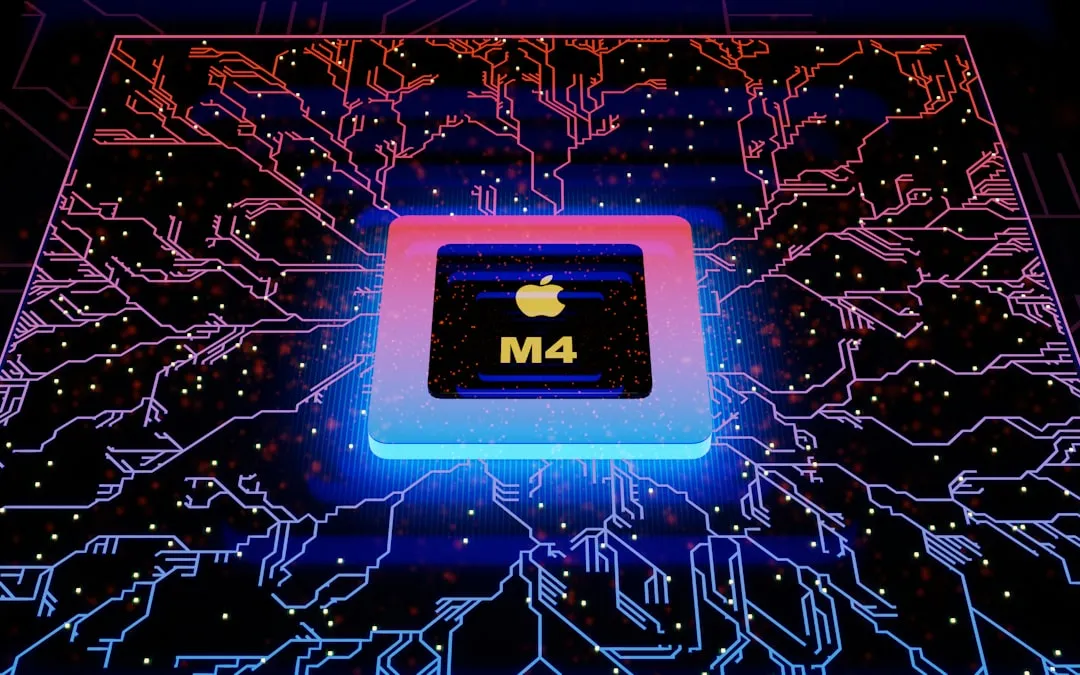
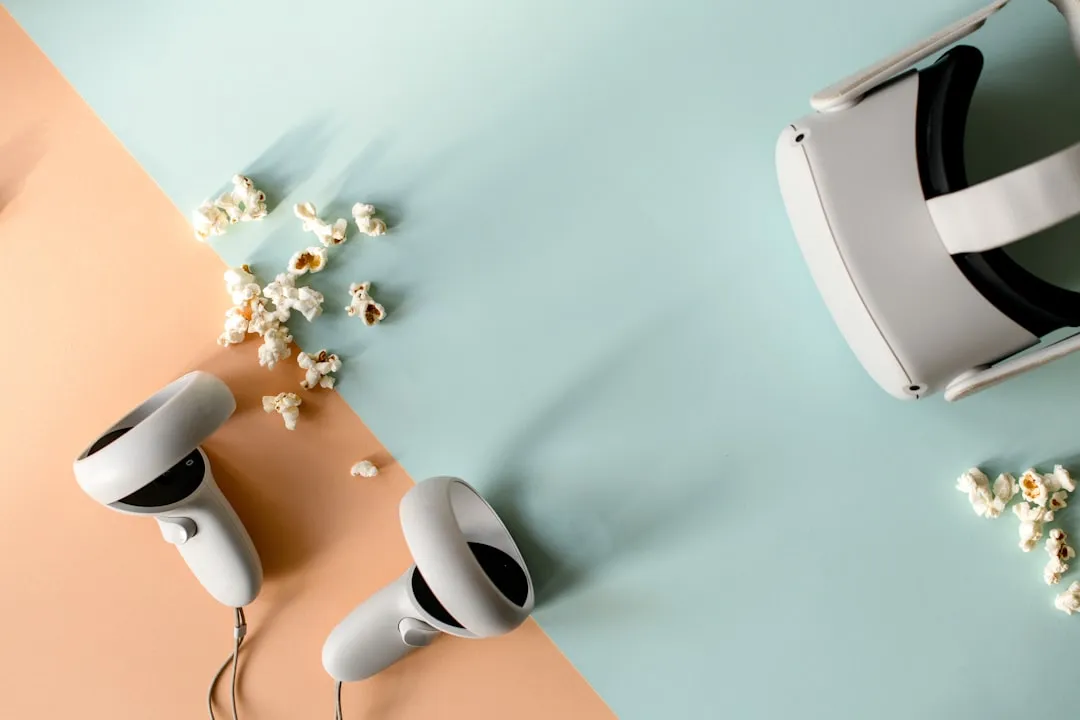

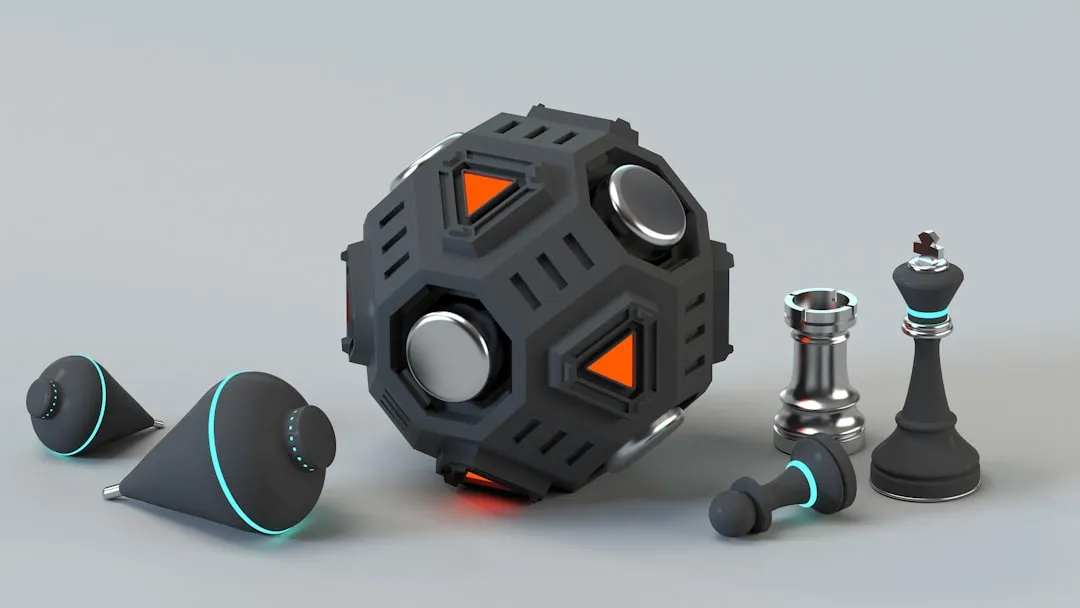

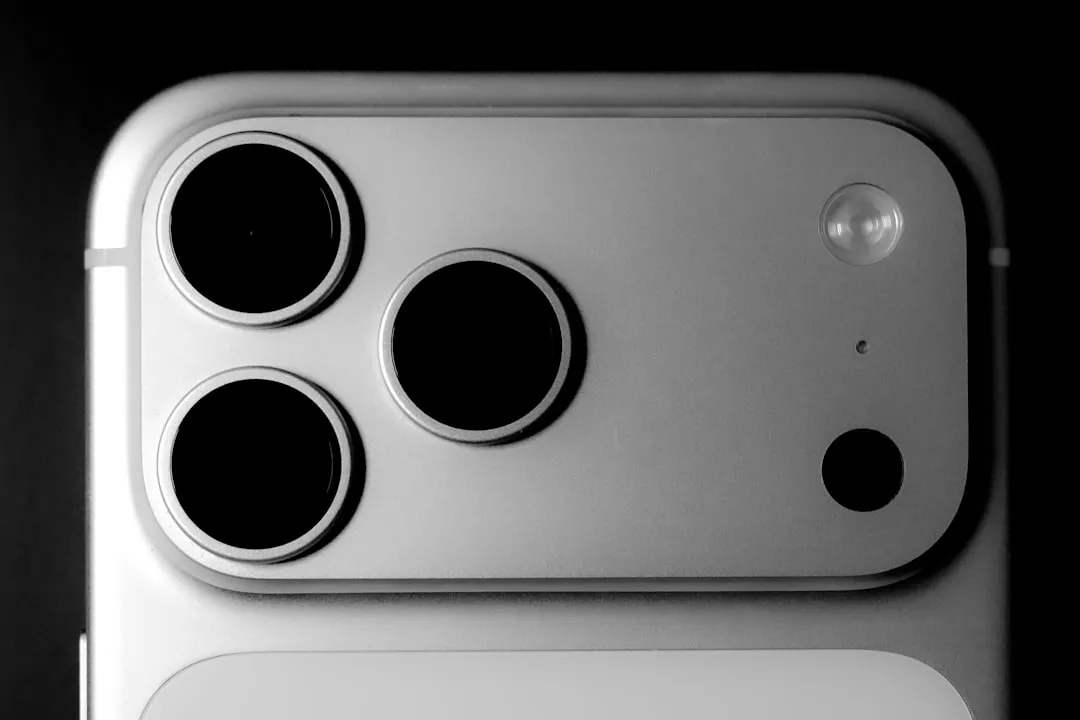
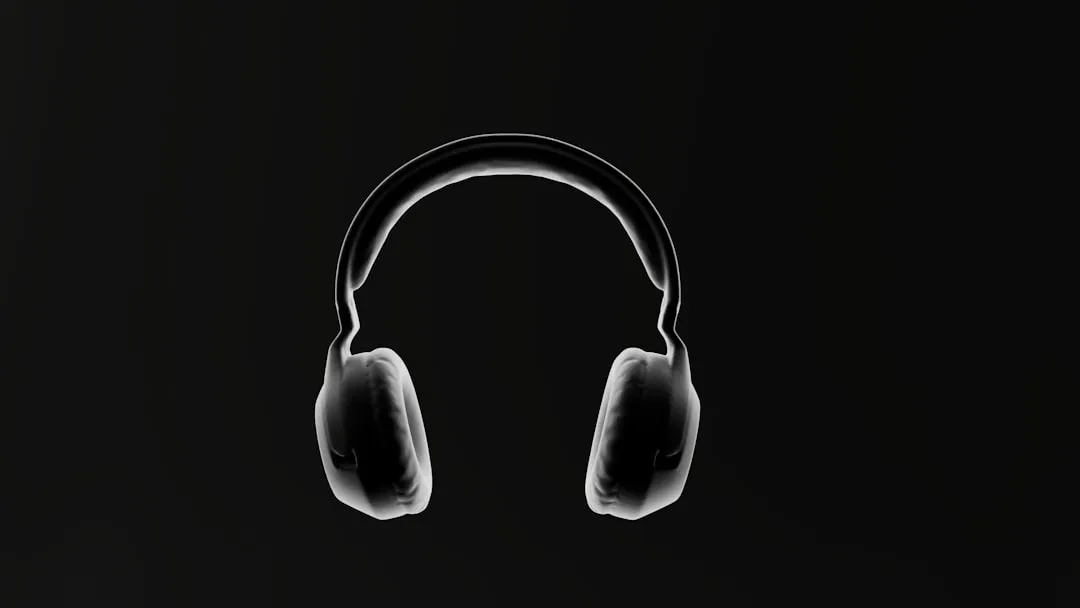


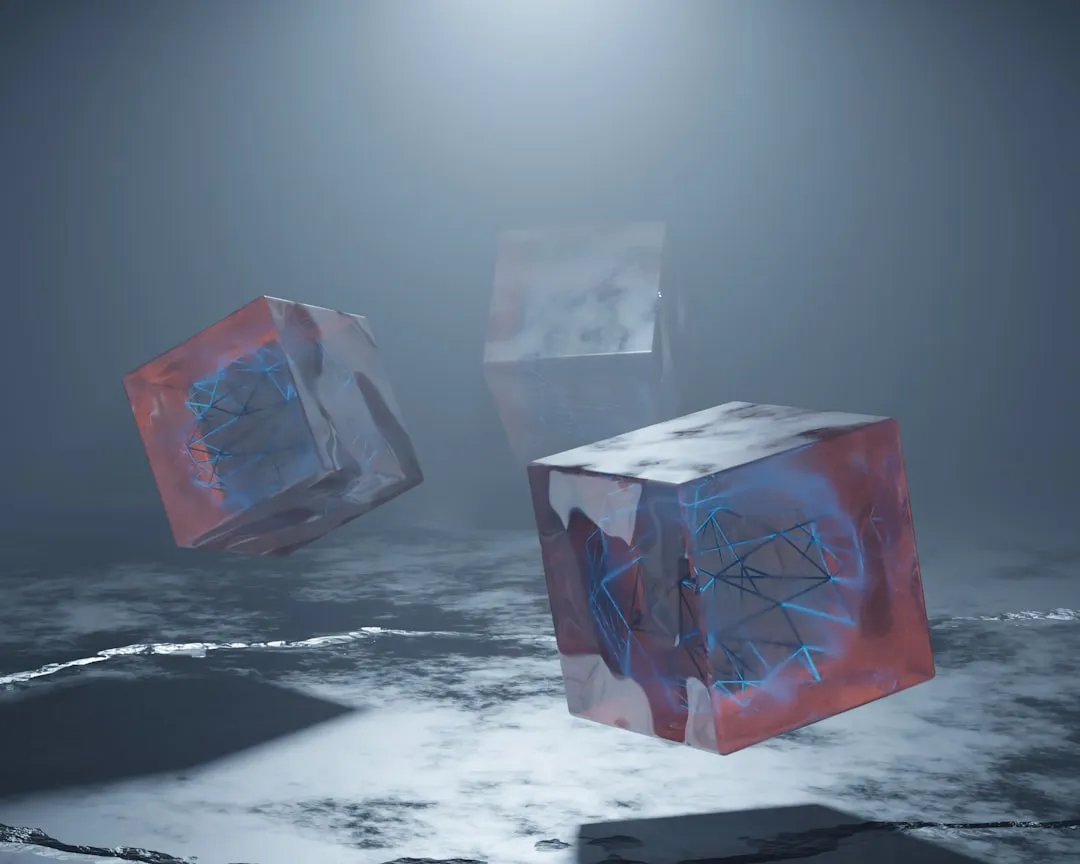
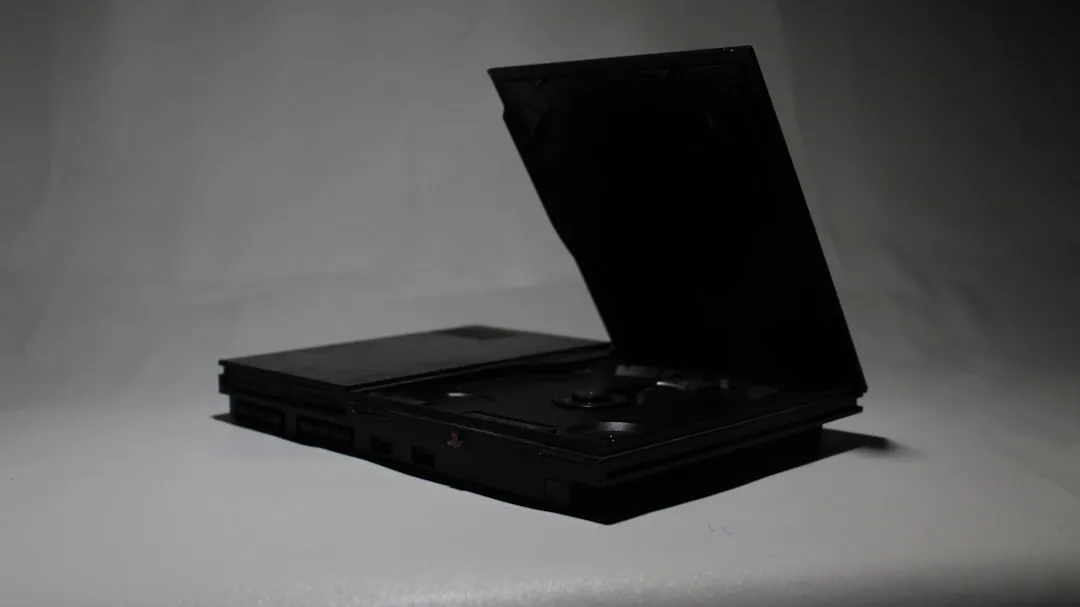

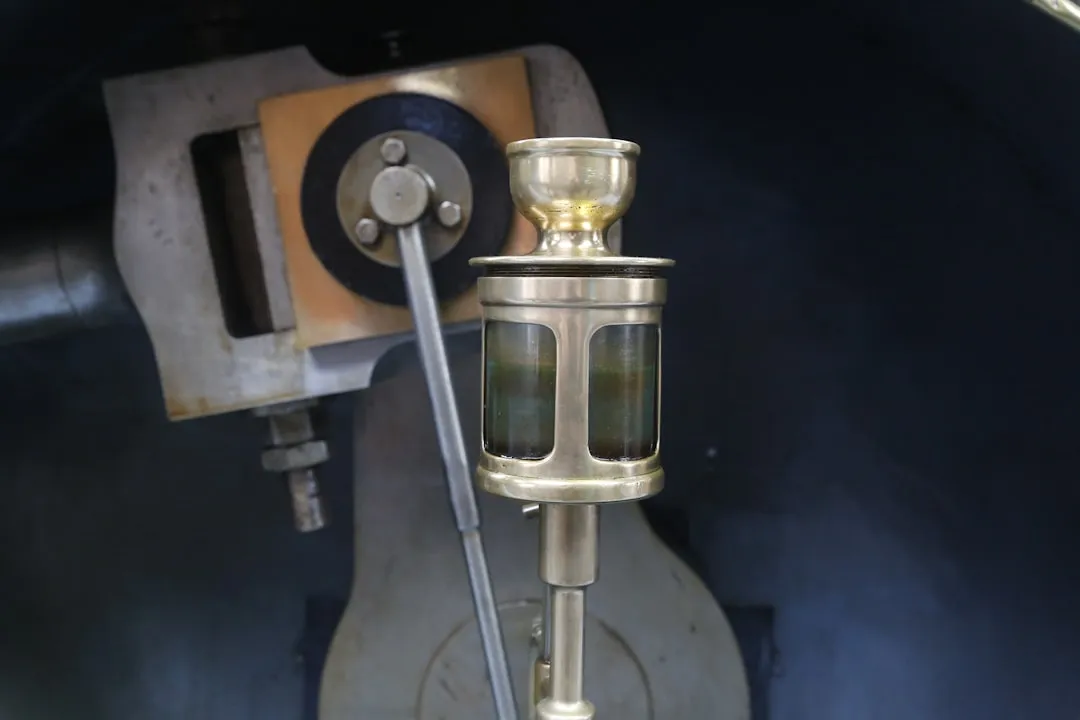

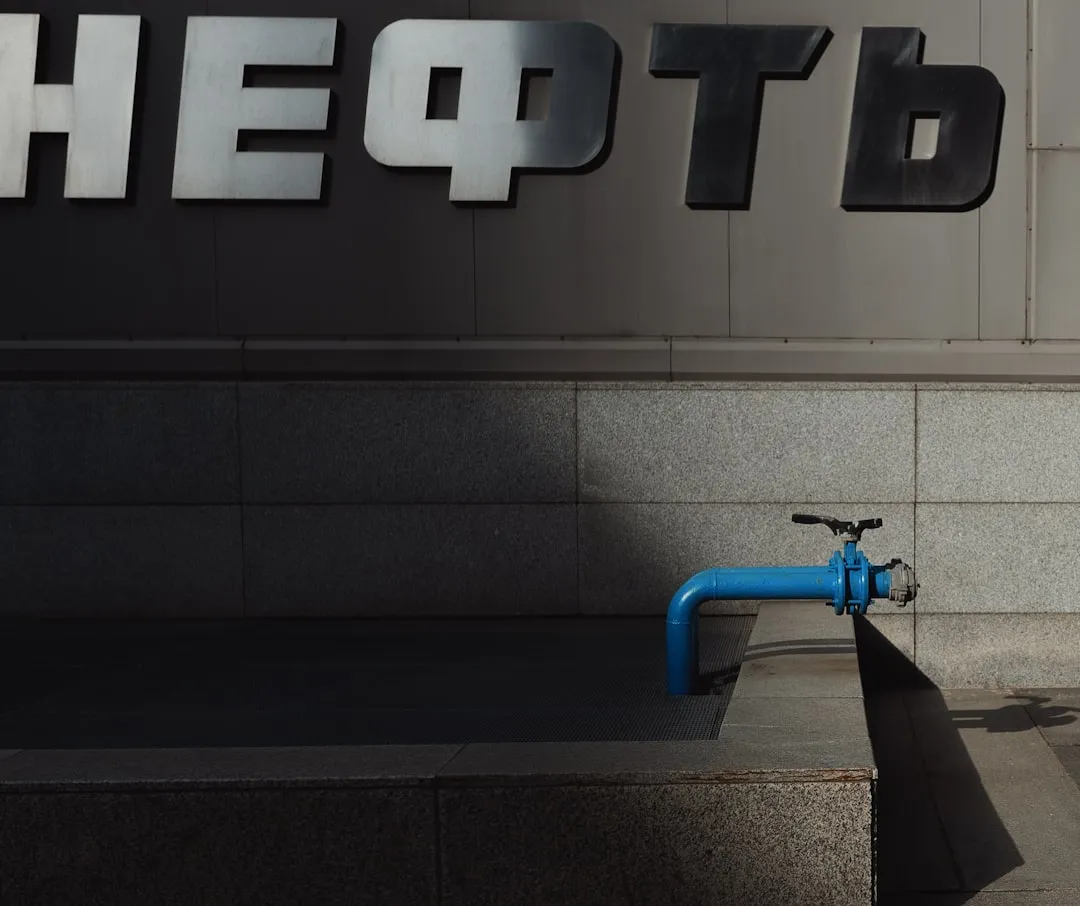
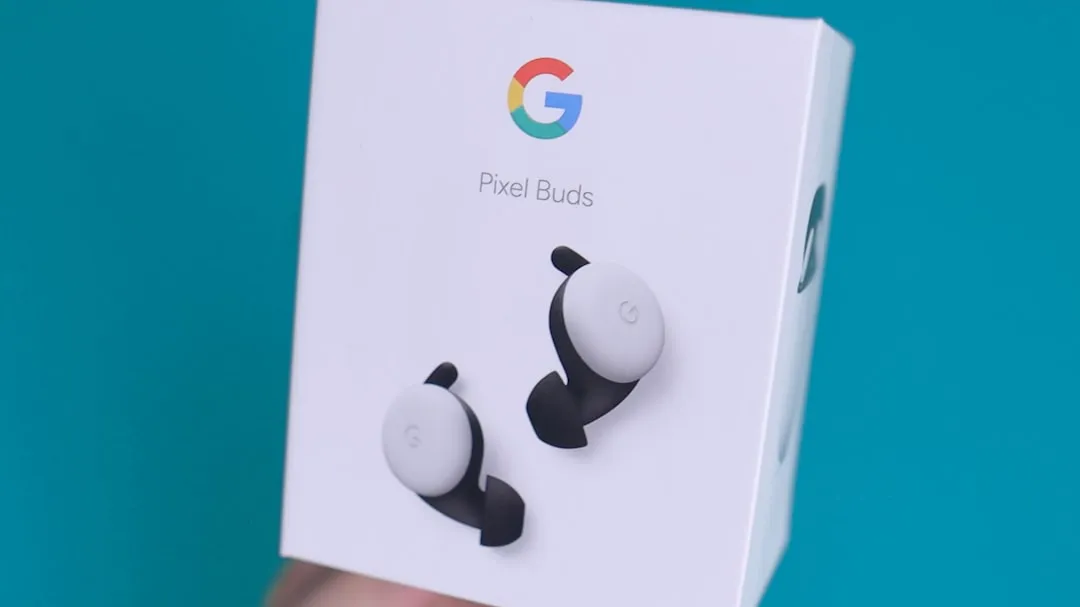
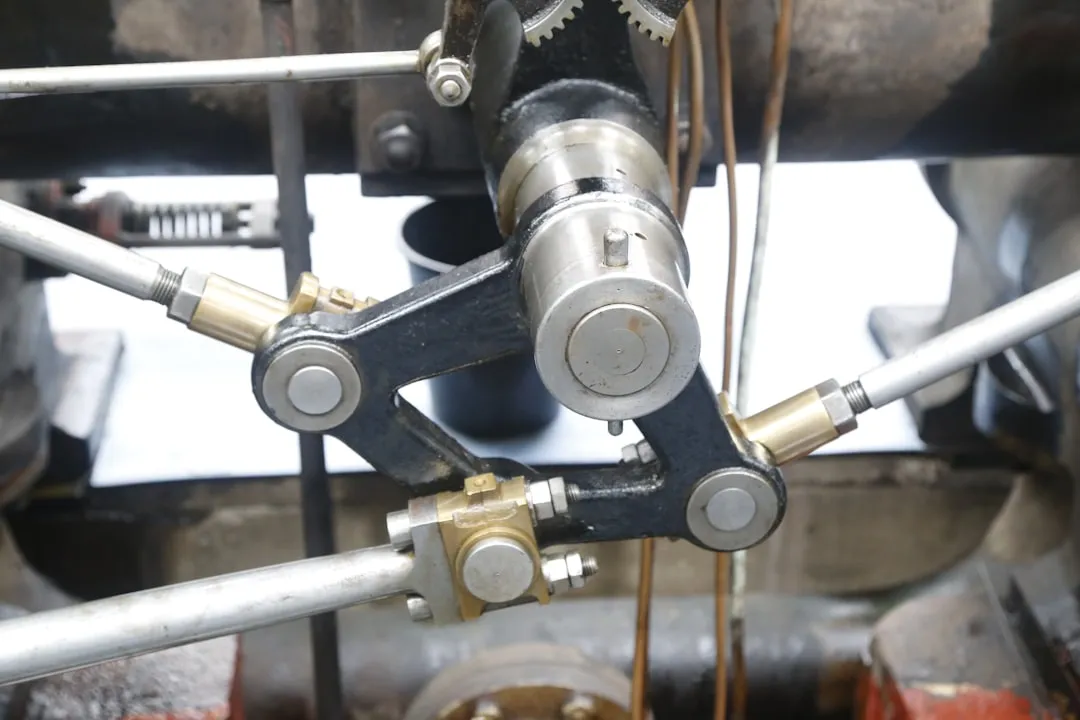
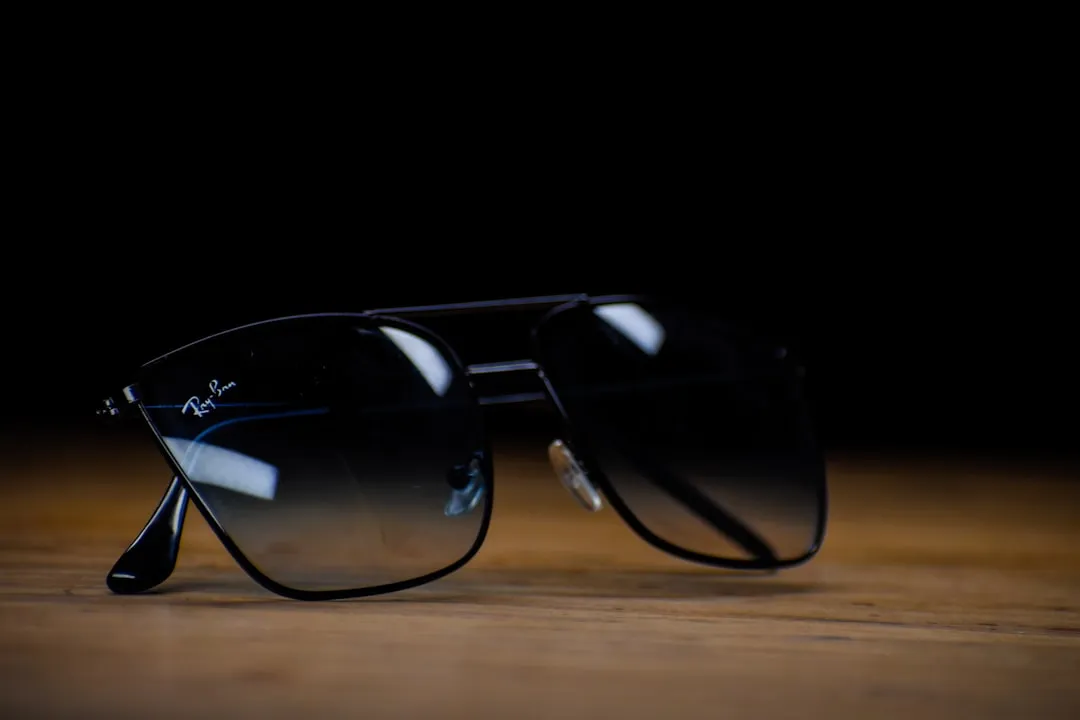
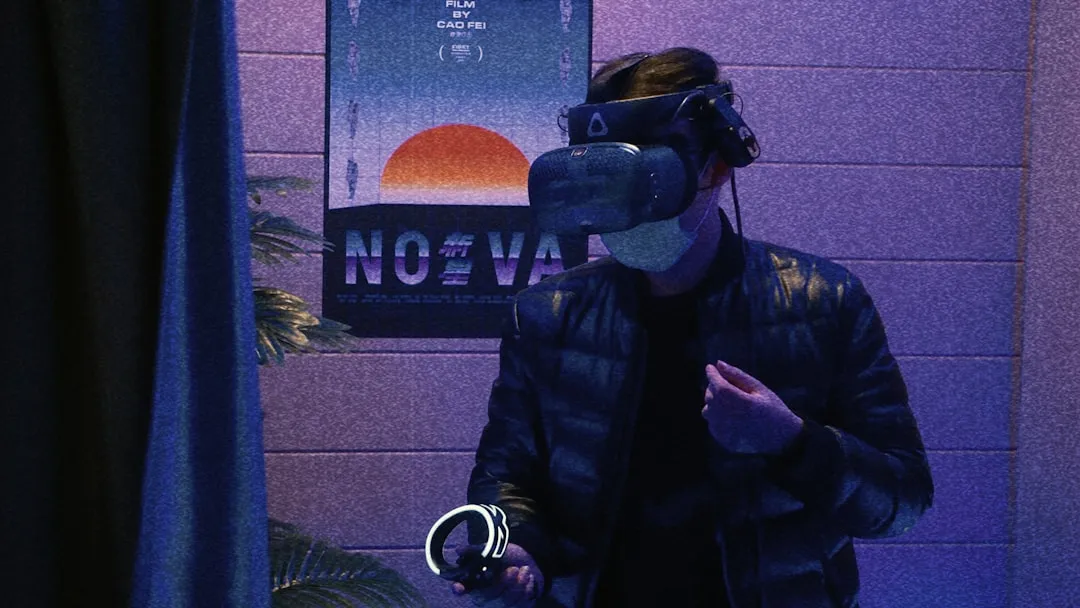
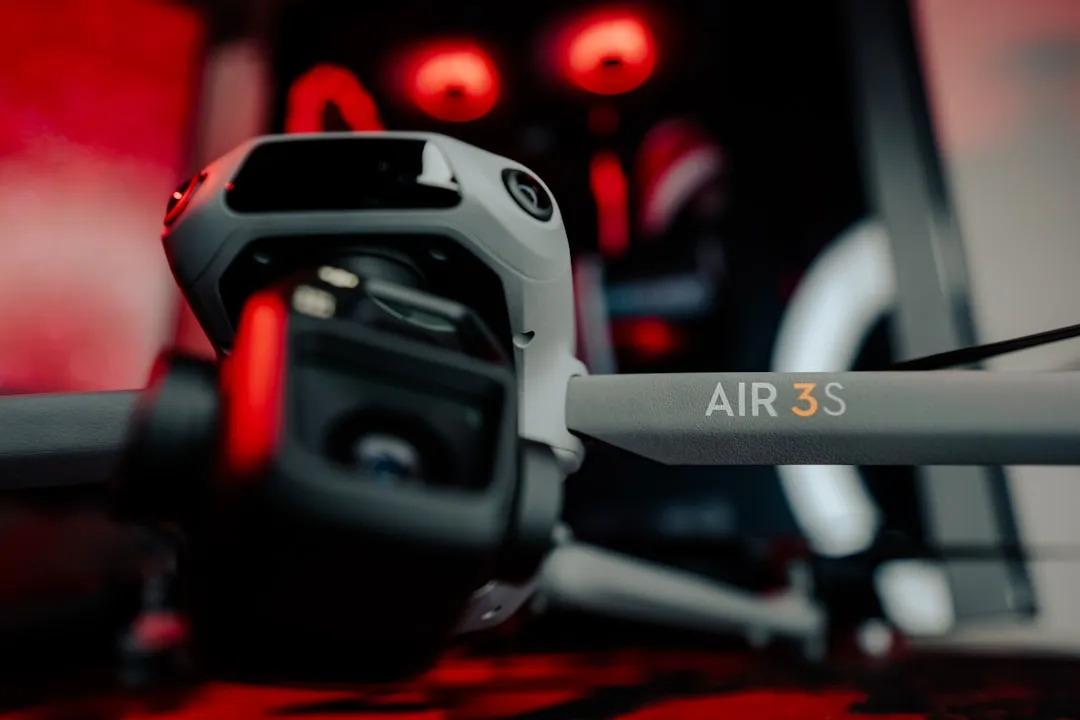
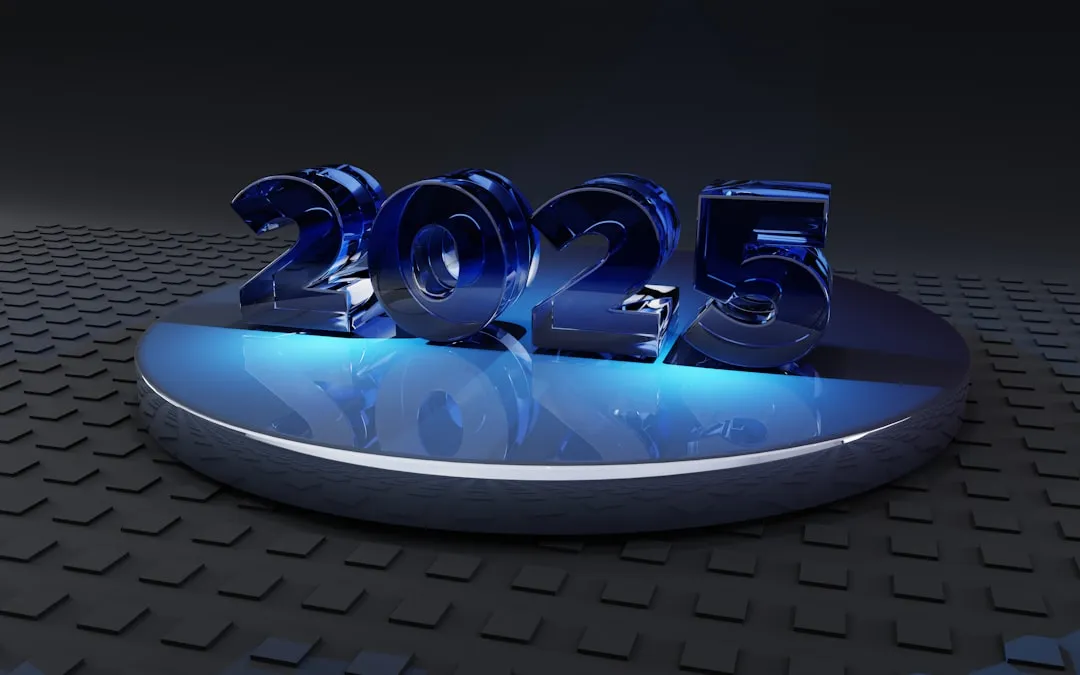
Comments
Be the first, drop a comment!